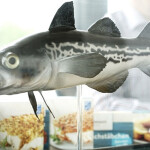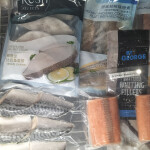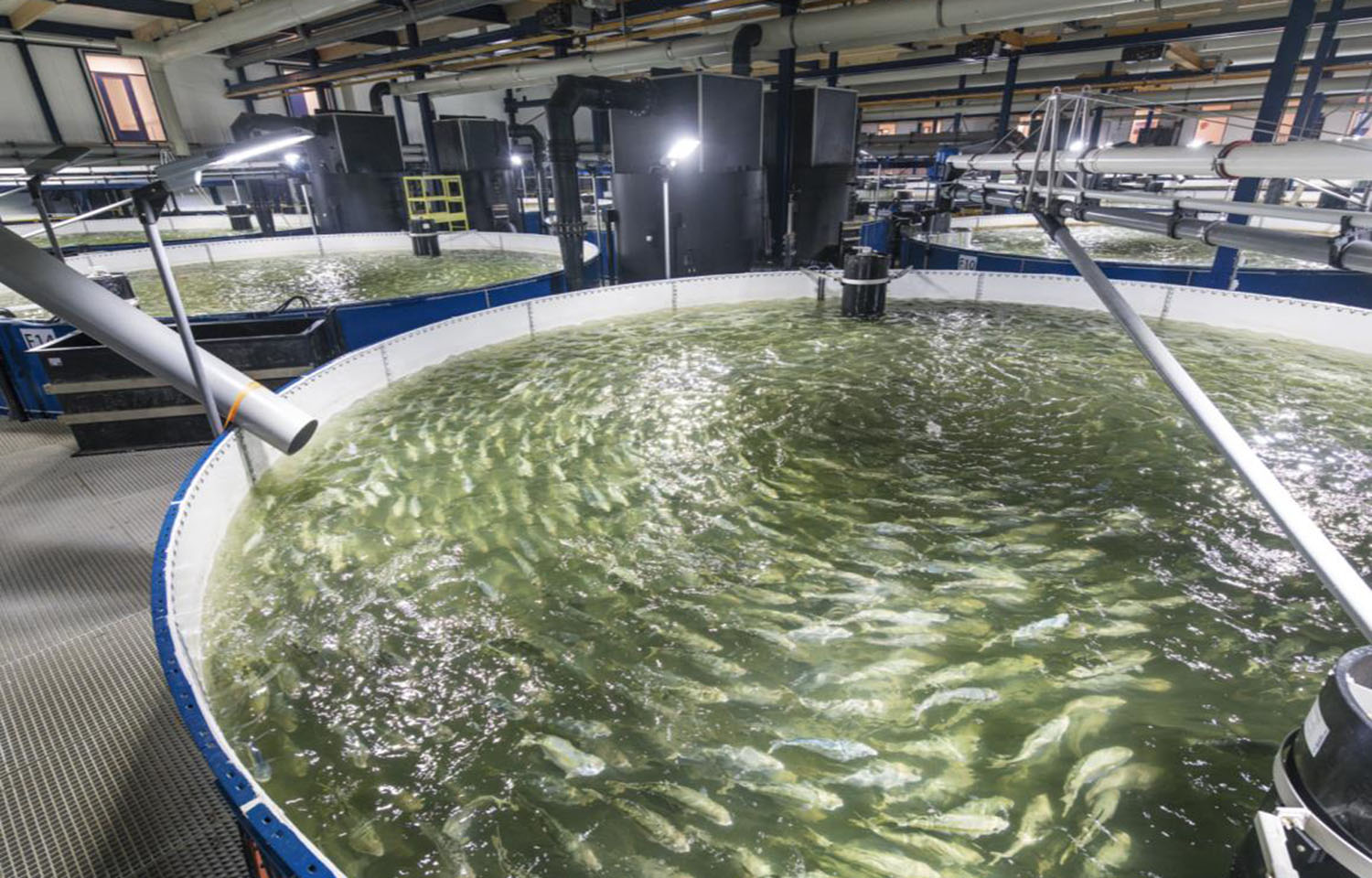The Kingfish Company posted increased revenue, better margins-per-kilogram sold, and increased biomass production in 2023 as Phase 2 of the company’s Kats, the Netherlands-based yellowtail recirculating aquaculture system (RAS) facility came online in the latter half of the year.
In its latest results, the company posted EUR 3.00 (USD 3.21) per kilogram sold in Q4 2023, up from EUR 1.60 (USD 1.71) per kilogram in the same period of 2022. Kingfish Company said that the results have further confirmed the path to profitability it mentioned in its Q1 2023 results.
For the full year, the company posted EUR 21.9 million (USD 23.4 million) in revenue, a 17 percent increase over the EUR 18.8 million (USD 20.1 million) it posted in FY 2022. Operational earnings before interest, taxes, depreciation, and amortization (EBITDA), however, decreased slightly, dropping from a loss of EUR 3.8 million (USD 4.0 million) in FY 2022 to a loss of EUR 3.9 million (USD 4.1 million) in FY 2023.
Kingfish Company said that it has continued moving toward profitability as its operations smooth out. In fact, the company actually had to restrict its biomass growth, Kingfish Company CEO Vincent Erenst said during a 11 April conference call presenting the company's results.
“We have been surprised by the strong biological performance of our fish and the growth; the increase in biomass has actually been going faster than we had anticipated,” he said. “As we have to align the increase in production with the growth of our sales volume, we had to control the pace of biomass growth by reducing temperature.”
That reduction in growth translated into Q4 2023 results that saw the company sell slightly lower volumes and record a worse feed conversion ratio. Kingfish Company said it sold 626 metric tons (MT) of fish in the quarter, with an FCR of 1.42.
For FY 2023, though, the company’s production reached 2,195 MT, up from 1,511 MT in 2022. The company’s Phase 2 operations fully came online in 2023, and the company said it expects to double its production capacity.
“We are confident we are on track to reach the nameplate capacity of this facility of 3,500 MT by the end of next year or early 2026,” Erenst said. “Our facilities are now fully stocked with third-generation fish. In this generation, we have shortened the growth period for 3 kilograms – our main market size – by up to two months.”
The increased production was offset slightly by additional costs throughout the year. Kingfish Company’s Q4 results were impacted by one-off costs, resulting in a lower EBITDA-per-kilogram, Kingfish Company Jean-Charles Valette said.
“This is not a change in the trend,” he said.
Several input costs were also higher throughout the year, Valette said.
“Particularly, feed prices increased quite a lot in 2023, with an average increase of 24 percent,” he said. “We’ve seen also in the course of the year an increase and general impact of inflation on our costs, particularly on the labor costs and all the costs related to services. The increase has been in the range of 10 to 15 percent, even a little bit more.”
The increases in feed costs and the impacts of inflation were offset by favorable electricity prices, Valette said.
“We’ve benefited from very good electricity prices in 2023, much better than in 2022, because we had a very favorable contract,” he said. “On top of that, in the fourth quarter of this year, we benefited from a subsidy on electricity to compensate for the very high price we had in 2022.”
The higher input costs were also offset by the increased efficiency gained by having its Phase 2 operations online, which allowed for a lower cost input per kilogram of fish.
“With all of this, we have been able to reduce our production costs quite a lot, in the range of 20 percent for the year, and this is only the beginning of the journey,” Valette said. “What we started seeing in 2023, from the second quarter, was the scaling-up impact; we have increased production quite significantly, and we see that the production costs are reducing as a result of this increase in production.”
That trend bodes well for Kingfish's outlook, he added.
“We are not yet at full capacity,” Valette said. “That means that these prices will continue to decrease in the next quarter when the production increases.”
Looking even further forward, the company said it is considering where ...








